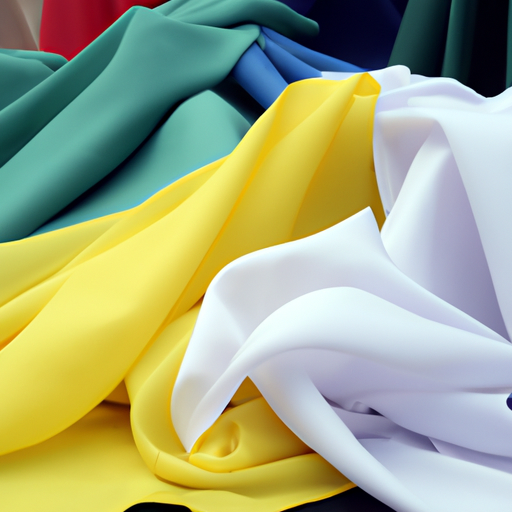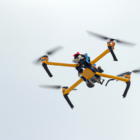In the fast-evolving world of fashion technology, smart fabrics are taking center stage. These innovative textiles combine traditional fabric with embedded technology, creating a new realm of possibilities in clothing design and functionality.
What are Smart Fabrics?
Smart fabrics, also known as intelligent textiles or electronic textiles, incorporate sensors, conductive threads, and other technologies that allow them to perform various functions beyond mere aesthetics. They can sense environmental conditions, respond to stimuli, and even interact with the user, leading to exciting applications in various fields.
Types of Smart Fabrics
Smart fabrics can be categorized into two main types:
- Active Smart Fabrics: These fabrics respond to external conditions, such as temperature changes or moisture levels. For example, a jacket that adjusts its insulation based on the wearer’s body temperature.
- Passive Smart Fabrics: While these do not actively respond to conditions, they can still enhance user experience. An example is UV-protective clothing that shields the wearer from harmful rays.
Applications of Smart Fabrics
The applications of smart fabrics are vast, encompassing various fields including:
- Healthcare: Monitoring vital signs, muscle activity, and rehabilitation progress through smart textiles integrated into sportswear.
- Fashion and Apparel: Designing clothing with features like color-changing fabric or built-in LED lights for enhanced aesthetic and functional appeal.
- Sports and Fitness: Wearable technology that tracks performance and biometrics, helping athletes improve their training regimens.
The Benefits of Smart Fabrics
Integrating technology into textiles brings several advantages:
- Enhanced Functionality: Provides users with interactive and responsive clothing options, elevating their daily experiences.
- Increased Comfort: Fabrics that adapt to the body’s needs can improve overall comfort, especially in activewear.
- Sustainability: Many smart fabrics are made using sustainable practices, reducing environmental impact while enhancing performance.
The Future of Smart Fabrics
As technology continues to advance, the future of smart fabrics looks promising. With ongoing research and development, we can expect to see even more groundbreaking innovations, from self-cleaning materials to garments that generate power from the wearer’s movement. The fusion of fashion technology and smart textiles not only redefines the way we dress but also how we interact with our environment.
Conclusion
Smart fabrics are revolutionizing the fashion industry, merging style with functionality. As we embrace technology in our everyday lives, the potential for smart textiles to enhance our wardrobe and overall lifestyle is limitless. Whether you’re an athlete, a medical professional, or simply someone who loves fashion, the possibilities offered by smart clothing are undoubtedly exciting!
Stay tuned to our blog for more updates on the latest trends in wearable technology and fashion innovation!




